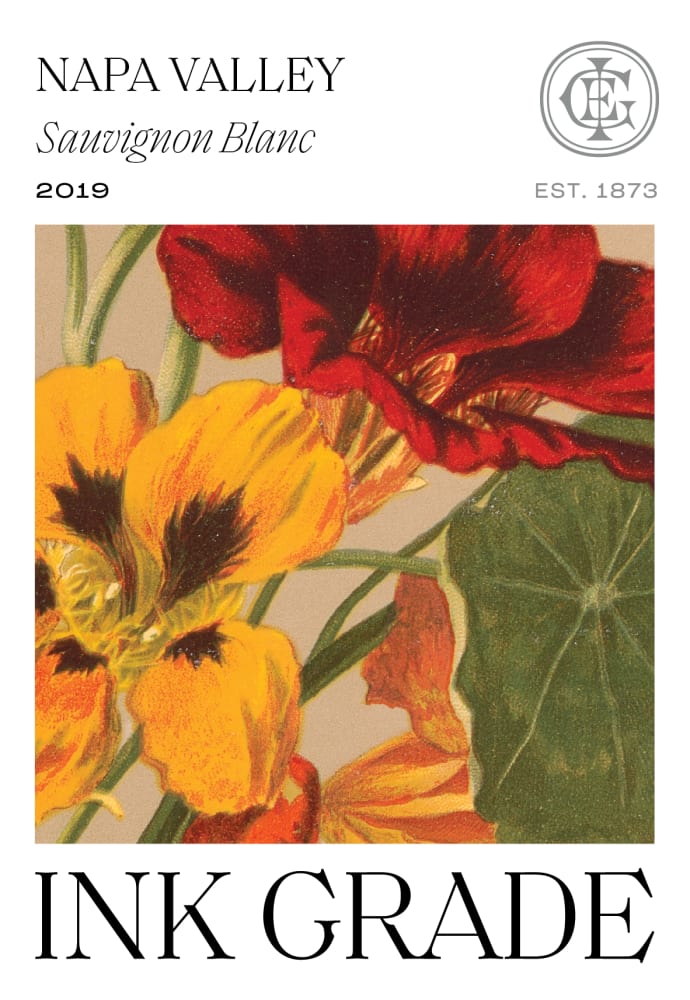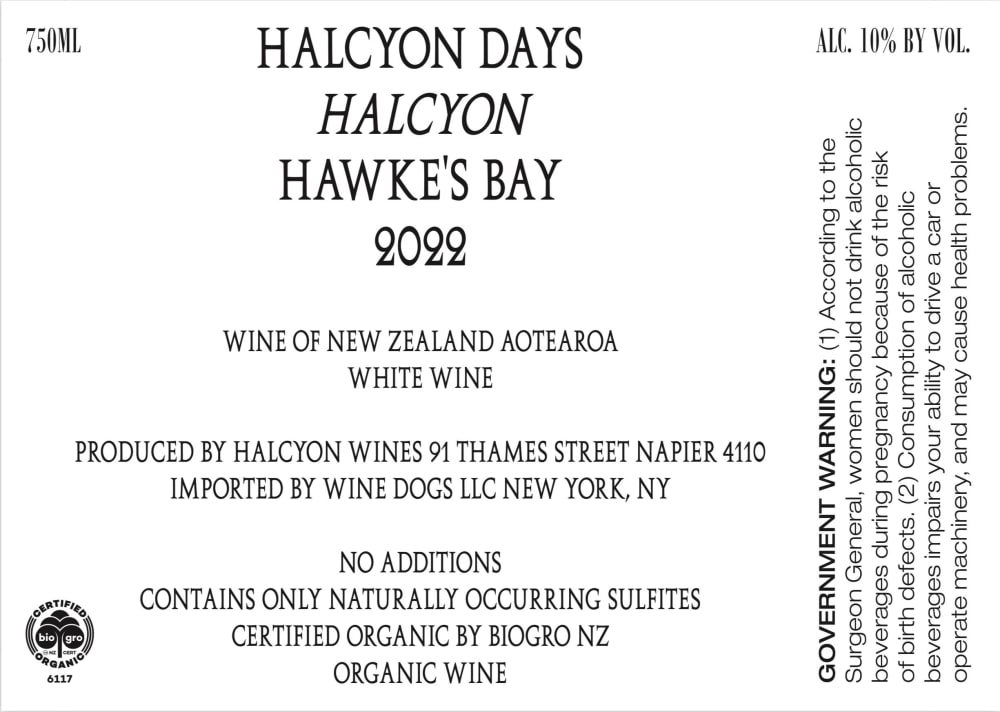Salmanazar wine bottles are large-format bottles with a capacity of nine liters, equivalent to twelve standard 750ml bottles. They are often used for sparkling wines, especially Champagne, and are named after the Assyrian King Salmanazar. These bottles offer various benefits to wine collectors, wine makers, and wine enthusiasts due to their unique size and historical origins.
Salmanazar wine bottles have a size and capacity of nine liters, which is approximately 2.37 gallons. This makes them about 12 times the volume of a standard wine bottle, which holds 750ml of liquid. These large-format bottles typically have a height of around 25 inches (63.5 cm) and can weigh up to 50 pounds (22.7 kg) when filled. The name “Salmanazar” is derived from the historical Assyrian king Shalmaneser, who ruled in the 13th century BCE. The use of the name for this wine bottle size is meant to symbolize the grandeur and prestige associated with wines stored in such containers.
Salmanazar wine bottles are part of a larger group of large-format wine bottles, which also include the Jeroboam, Rehoboam, Methuselah, Balthazar, and Nebuchadnezzar bottles. The Jeroboam wine bottle has a ![]() capacity of three liters (equivalent to four standard wine bottles) and is also named after a historical figure, Jeroboam, the first king of the northern kingdom of Israel.
capacity of three liters (equivalent to four standard wine bottles) and is also named after a historical figure, Jeroboam, the first king of the northern kingdom of Israel.
In the context of wine collecting, wine making, and wine marketing, Salmanazar wine bottles, as well as other large-format bottles, have several attributes and benefits that make them highly desirable. These bottles are often used for premium wines, especially those intended for long-term aging or special occasions. Due to their large size, they have a higher volume-to-surface area ratio than smaller bottles, which allows the wine to age more slowly and evenly. This can enhance the wine’s complexity and overall quality over time, particularly for sparkling wines like Champagne, where the aging process is crucial to the development of flavors and aromas.
In wine marketing, Salmanazar wine bottles are often seen as a symbol of luxury and prestige. The impressive size and appearance of these bottles make them ideal for use in special events, celebrations, or as gifts. Large-format bottles are also often sought after by wine collectors due to their rarity and potential for increased value over time. As a result, wineries and wine merchants may choose to release limited quantities of their best wines in Salmanazar bottles to capitalize on this demand and create a sense of exclusivity around their products.
Historically, Salmanazar wine bottles and other large-format bottles have been used in various ways across different wine-producing regions. In Champagne, the birthplace of many of these large-format bottle names, Salmanazar wine bottles have been used for centuries to store and age some of the region’s finest sparkling wines. The tradition of using these large bottles for Champagne is believed to have originated in the late 17th or early 18th century when glass-making technology allowed for the production of larger, more durable containers.
The use of Salmanazar wine bottles and other large-format bottles extends beyond the world of sparkling wines. In recent years, winemakers from various regions have started to use these large bottles for still wines as well, particularly for high-quality red wines intended for long-term aging. This trend can be attributed to the benefits of slower aging and the increased prestige associated with large-format bottles.
In conclusion, Salmanazar wine bottles are large-format wine containers with a capacity of nine liters, named after the historical Assyrian king Shalmaneser. These bottles have become an important part of wine culture, wine collecting, and wine marketing due to their impressive size, potential for enhanced aging, and the prestige they bring to the wines stored within them.
Wine is sunlight, held together by water.”- Galileo Galilei


